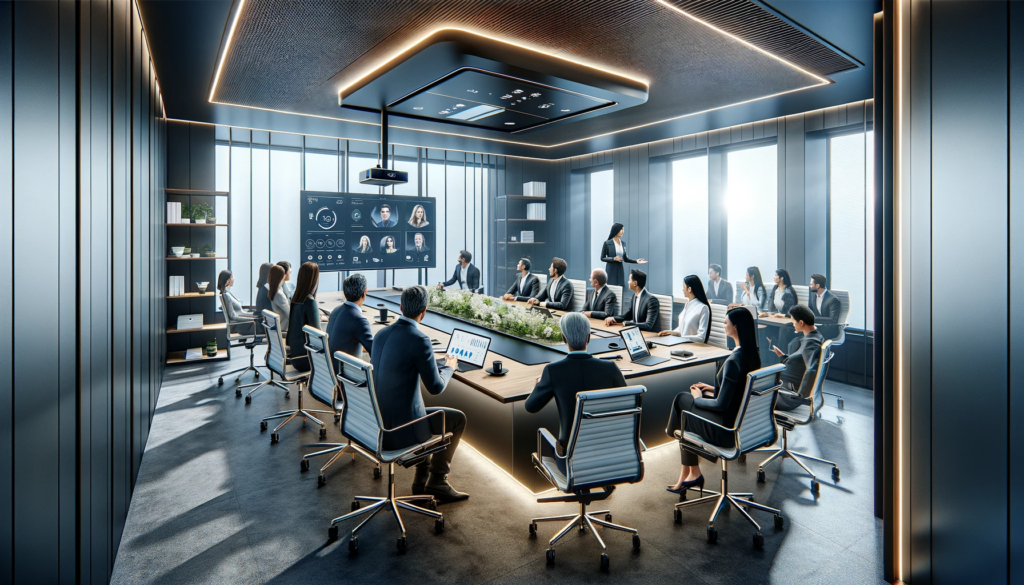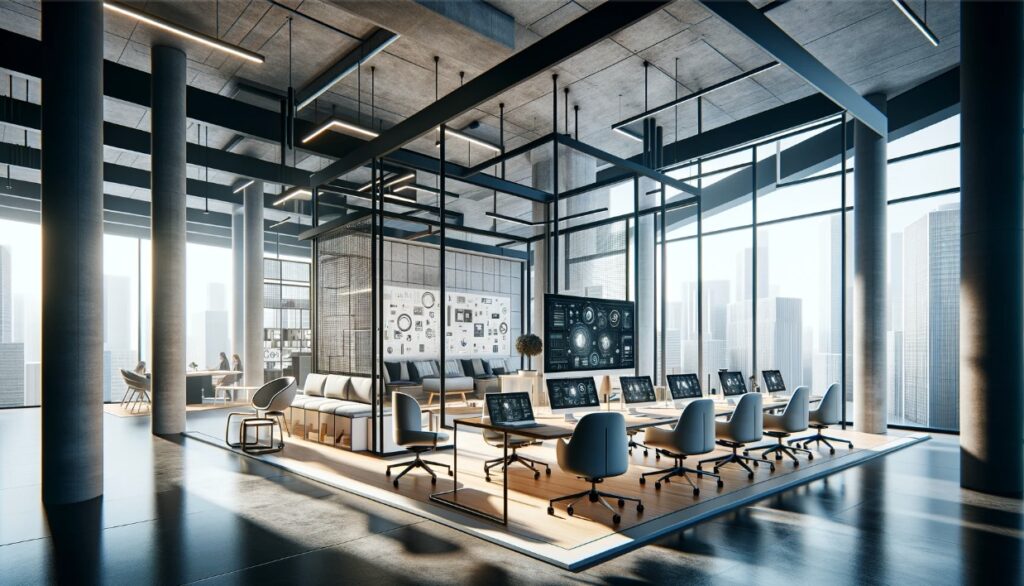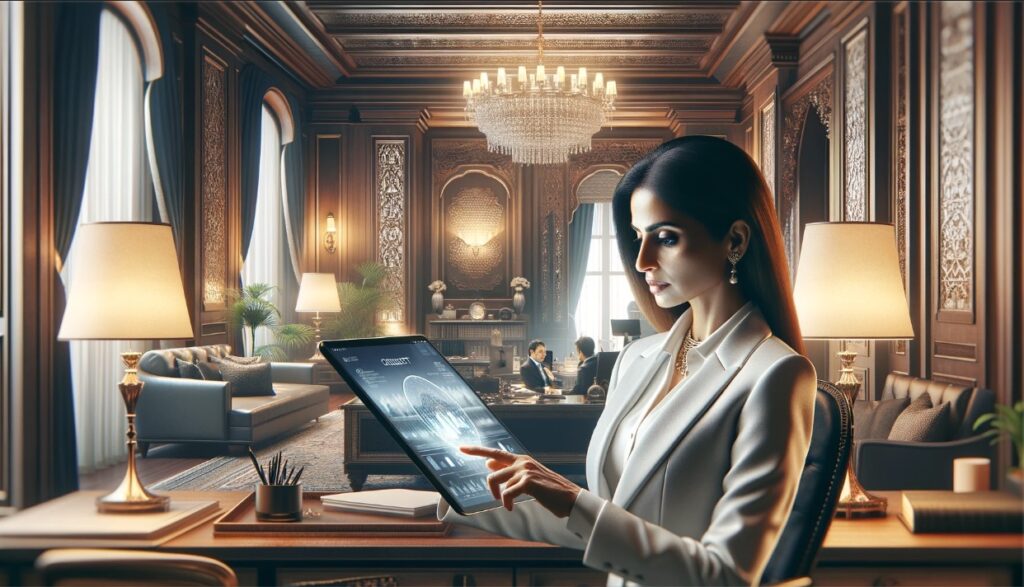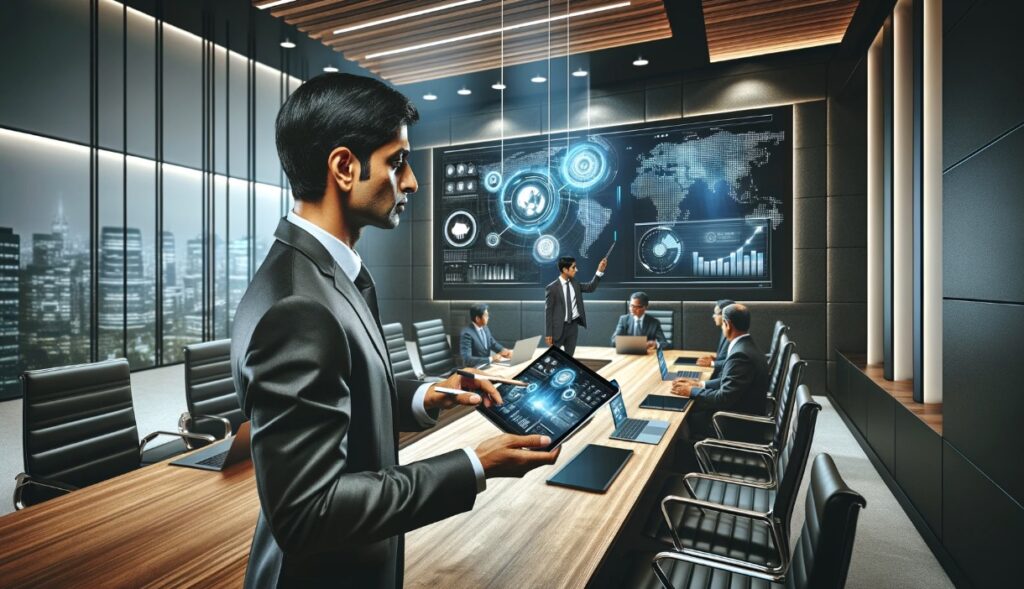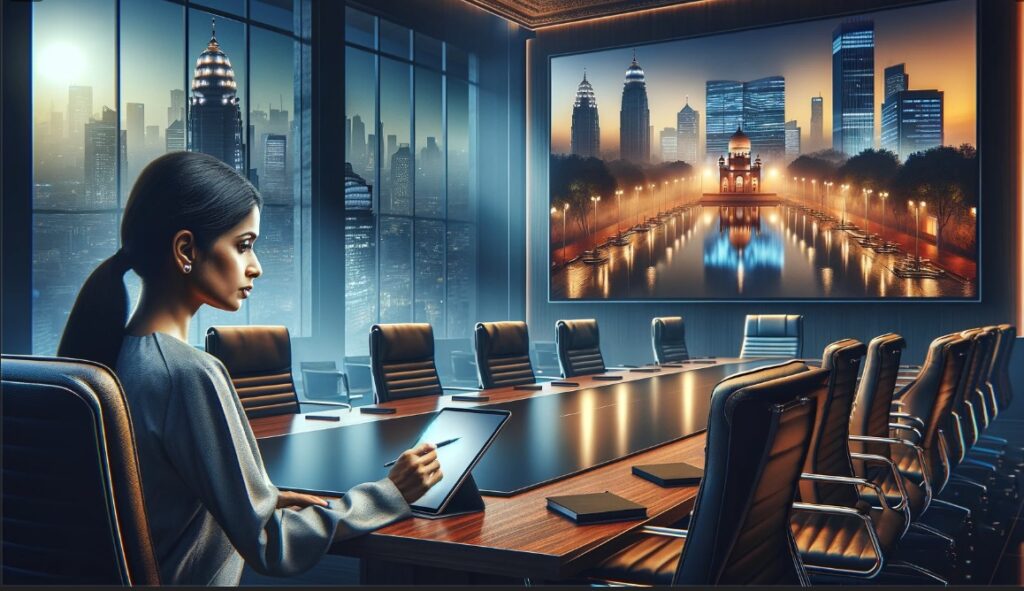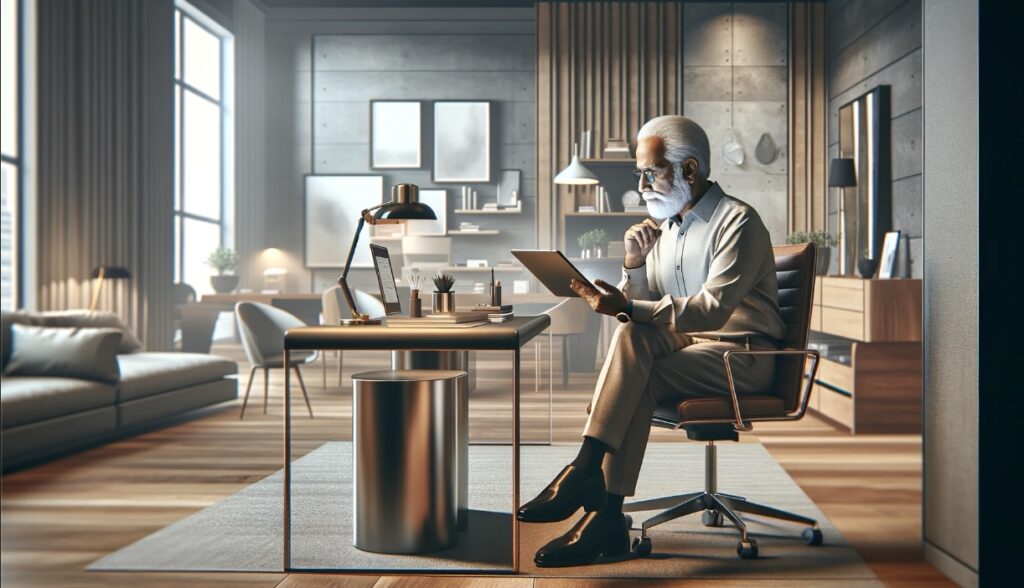In the modern business landscape, the creation of energy-efficient or eco-friendly offices is not just a trend but a necessity. Interior designers are at the forefront of this movement. Blending aesthetics with advanced technology to build work environments. By embracing automation, designers are setting new standards in the design industry, proving that functional can also be futuristic and eco-friendly.
1. Intelligent Space Planning: Eco-Friendly Offices
Efficient use of space is the first aspect where automation and smart design intersect. Designers are using software to create layouts that maximize natural light and airflow. And reducing the need for artificial lighting and air conditioning. Furniture and office partitions are often selected and placed to enhance this efficiency to create eco-friendly offices.
2. Smart Lighting and Thermal System
Interior designers are increasingly incorporating smart lighting systems to design eco-friendly offices. That automatically adjusts based on the amount of natural light available. These systems use energy-efficient LEDs and are often controlled by motion sensors or timers. Programmable thermostats, along with HVAC systems that adapt to weather conditions and occupancy, help minimize energy consumption. Designers often use high-quality insulation materials in walls and floors to enhance these systems’ efficiency.
3. Automated Window Treatments
Integrating automated blinds or shades that adjust based on the time of day and sun position can significantly reduce heating and cooling loads. Interior designers often choose materials that provide good thermal insulation while still letting in natural light.
4. Energy Management Systems
Advanced energy management systems (EMS) are integral to modern eco-friendly offices. These systems provide real-time data about energy consumption and can automatically adjust the power usage of various devices and systems throughout the office. This allows companies to identify areas where energy can be saved and reduce overall operational costs.
5. Eco-Friendly Offices Material
Interior designers are selecting eco-friendly materials that contribute to better indoor air quality. These include recycled wood, non-toxic paints, and carpets made from natural fibers, all of which reduce the environmental footprint of the office.
6. Solar Power Integration
Interior designers work closely with architects to integrate photovoltaic panels in a way that complements the aesthetic and functional aspects of the office. This not only helps in reducing reliance on traditional energy sources but also aligns with global sustainability goals.
KlugKraft is the premier online destination for system integrators and interior designers to showcase their home & office automation products. This platform is meticulously crafted to highlight the synergy between innovative technology and elegant design. Providing a comprehensive portfolio space for professionals. KlugKraft allows experts to display their latest smart home technologies, from intuitive lighting solutions to sophisticated security systems, all designed to enhance modern living. By offering a dynamic and interactive showcase, KlugKraft not only connects these professionals with potential clients but also sets a new standard in the integration of technology and design in home automation, ensuring every space is as functional as it is visually stunning. KlugKraft (a unit of Smart Group)



